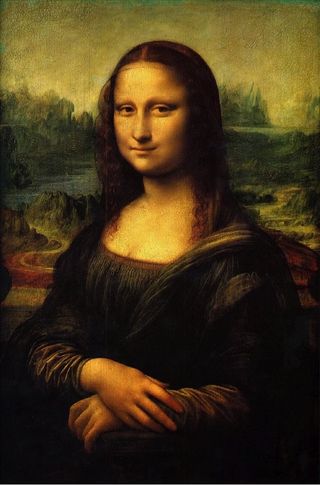World Regions and Cultures 11- Italian and German Nationalism
Student Learning Objective- Students will be able to explain change and continuity over time in Germany and Italy.
Germany and Italy 1500-Present
Objective- To see Germany and Italy’s transformation 1500-present in and out of dominance
Discussion-
· Is Germany strong today?
· How can you tell?
· How is that amazing?
· Is Italy strong today?
· How can you tell?
· How is that amazing?
1. _________________ led to the unification of German-speaking peoples (Germany, _________________ and Austria)
2. In 1861 Kaiser Wilhelm and Prime Minister Otto von _________________ started the unification of German-speaking peoples
3. _________________ and Iron was their dedication to having a strong army and navy
4. “_________________ Politik” was the concept of ”real politics”
5. _________________ -Prussian War in 1871 showed German-speakers’ rise
6. P.Cook tells the story of the Denkmal- The woman there on the French border is taunting France
7. The _________________ Reich (empire) was 1861-1918. It ended after the WWI loss.
a. November 11, 1918 was _________________ day and is Veterans Day in the US
8. The _________________ Reich was 1918-1933 and was the weak Weimar Republic
9. The _________________ Reich was 1933-1945 and was NAZI Germany
10. 1945-1989- Germany was split into
a. _________________ Germany- Bundes Republik Deutschland or Federal Republic of Germany
b. _________________ Germany- Deutsche Democratic Republik or German Democratic Republic (controlled mostly by the USSR and had a _________________ government.
11. 1989- Fall of Berlin wall
a. Watch film clip
12. 1989-1991- _________________ of Germany
13. 1991-Present- Germany continues to be an industrial and technological juggernaut
14. 1850’s-1860’s- Kingdom of 2 Sicilies, Papal States, Sardinia, Tuscany, Rome, Lombardy, Parma, etc. came under one government- Italian
15. There were 3 leaders of the Italian Unification
a. Mazzini was the _________________ - He spoke of a “Young Italy” in his books and essays
b. Cavour was the _________________ - He was the Prime Minister of Sardinia- He made the diplomatic moves
c. Garibaldi was the _________________ - His “Red Shirts” overthrew Sicily, etc.
16. The 3 joined together and made King Victor Emmanuel II the King of Italy in 1861
17. _________________ was added in 1871
18. 1914-1917- Italy was in the Triple Alliance and then Central Powers in
19. 1917-1918- Triple Entente/Allied Powers- switched sides
20. 1936- Mussolini conquered
21. July 1943- King Victor Emmanuel III stripped Mussolini of power and Italy surrendered and left its involvement in
22. 1943-Present- Italy has restored itself to a modern-day leader in many industries and has been an ally of the US throughout the Cold War and into modern times.





